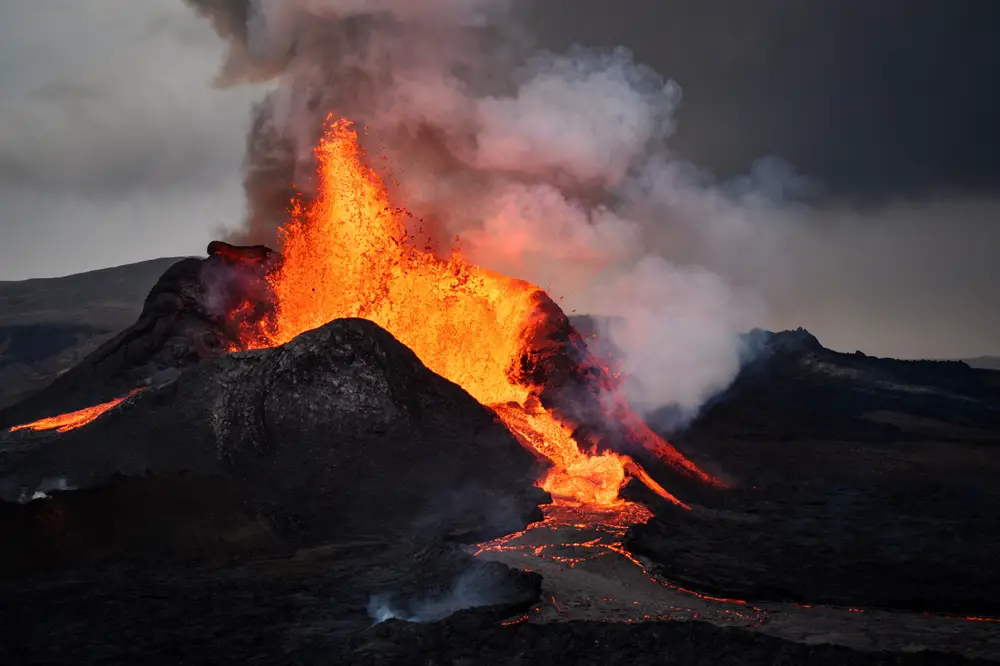1. Lightning Is Electricity

Before modern science could confirm it, Ben Franklin was convinced that lightning and electricity were one and the same. At a time when most people believed lightning was a mysterious act of nature or even divine punishment, Franklin set out to prove otherwise. His famous kite experiment in 1752—where he flew a kite with a metal key attached during a thunderstorm—was a daring attempt to demonstrate this connection. The experiment resulted in sparks flying from the key when lightning struck, confirming his theory. Though it was extremely dangerous, it paved the way for understanding how electrical charges behave in the atmosphere.
Franklin’s discovery didn’t just satisfy scientific curiosity; it led to practical applications that would save lives. One of his greatest contributions was the invention of the lightning rod, which protects buildings from lightning strikes by safely directing the electrical charge into the ground. His work laid the foundation for modern meteorology and electrical engineering, proving that some of his ideas were centuries ahead of their time. Today, his observations remain relevant in the study of thunderstorms and atmospheric electricity.
2. Storms Don’t Move the Way We Think

In an era when people believed that storms came and went randomly, Franklin noticed something unusual—storms didn’t always move in the direction the wind was blowing at ground level. Through keen observation and travel between cities, he realized that the movement of storms was influenced by larger atmospheric patterns rather than just local wind conditions. This was a radical thought at the time, considering the limited knowledge about weather systems. He studied storms across the American colonies, tracking their paths and proving that they moved in a predictable way.
This idea would later form the basis for modern meteorology, helping scientists understand weather fronts, pressure systems, and jet streams. Franklin’s observations were the first step toward creating accurate weather forecasting, something people now rely on daily. Without his early theories, meteorologists might have taken much longer to develop models that predict hurricanes, cold fronts, and other major weather events. His insights into storm movement continue to influence how experts study and forecast extreme weather today.
3. The Gulf Stream’s Secret Power

Franklin was one of the first to map the Gulf Stream, a powerful ocean current that influences global climate and weather patterns. While crossing the Atlantic Ocean, he noticed that some ships traveled much faster than others, even when sailing under similar conditions. Curious about why this happened, he gathered reports from sailors, measured water temperatures, and studied ocean currents. He discovered that a massive, warm-water current was responsible for pushing ships forward or slowing them down depending on whether they were sailing with or against it.
His early mapping of the Gulf Stream helped sailors navigate more efficiently, cutting travel time between continents. But what Franklin may not have fully realized is just how significant the Gulf Stream is to global climate. Today, scientists understand that this current helps regulate temperatures across the planet, influencing everything from hurricane formation to European winters. His discovery was not only a breakthrough in navigation but also a crucial early step in understanding how ocean currents affect weather on a massive scale.
4. Cold Air Is Heavier Than Warm Air

At a time when people didn’t fully understand how air temperature influenced weather, Franklin figured out that cold air was denser and heavier than warm air. He observed that during winter, cold air would sink into valleys while warm air rose to higher elevations. This was a key insight into how air masses behave and why weather patterns shift the way they do. He even noted how this principle affected chimney smoke, showing that warm air carried smoke upward, while cold air could push it back down.
This simple observation had profound implications for understanding wind, pressure systems, and even modern heating and ventilation systems. Meteorologists now use this concept to explain how cold fronts and warm fronts interact, leading to storms, snowfall, and temperature shifts. Franklin’s early understanding of air density was another example of how his natural curiosity led him to scientific conclusions that modern science would later confirm. His work continues to inspire research into climate patterns and atmospheric behavior.
5. Volcanic Eruptions Can Change the Weather

Franklin was among the first to suggest that volcanic eruptions could impact global weather patterns. After the massive 1783 eruption of Laki, a volcano in Iceland, he noticed that the following summer was unusually cold and that a thick haze lingered over parts of Europe and North America. Unlike most people of his time, who saw weather changes as random, Franklin suspected that the volcanic ash and gases ejected into the atmosphere had blocked sunlight, cooling the Earth’s surface. This was a groundbreaking idea that wouldn’t be fully understood until the 20th century.
Today, scientists recognize that large volcanic eruptions can cause temporary global cooling by injecting sulfur dioxide into the stratosphere, which forms reflective aerosols that reduce the amount of sunlight reaching the ground. Franklin’s observations foreshadowed what modern climate scientists now study extensively—how natural events can influence the Earth’s temperature. His early hypothesis was an important step toward understanding climate variability and the long-term effects of atmospheric disruptions.
6. The Connection Between Weather and Health

Franklin was fascinated by how weather conditions affected human health, a topic that still sparks scientific debate today. He noticed that certain weather patterns, such as damp or cold conditions, seemed to trigger illnesses like respiratory infections and joint pain. He also suspected that the quality of indoor air played a role in overall health, which led him to study ventilation and air circulation. His observations on how poor air quality could lead to disease were far ahead of his time, long before germ theory was widely accepted.
Modern science has confirmed many of Franklin’s theories. We now know that cold weather can suppress immune function, high humidity can encourage the spread of mold and respiratory irritants, and changes in barometric pressure can trigger headaches or joint pain. Franklin’s work set the stage for later discoveries in environmental health and how weather patterns can directly impact well-being. His curiosity about the relationship between the atmosphere and human health continues to influence modern medical and climate studies.
7. Weather Patterns Could Be Studied to Predict the Future

In Franklin’s time, people believed that predicting the weather beyond a day or two was impossible. However, Franklin kept detailed records of temperature, wind direction, and storm movements, convinced that patterns in nature could be studied to anticipate future weather events. He was one of the first to suggest that long-term weather forecasting might be possible if scientists collected enough data over time. This idea laid the foundation for meteorology as we know it today.
His belief in pattern-based predictions is now a core principle in climate science. Thanks to modern technology, scientists use satellites, computer models, and historical data to forecast storms, droughts, and seasonal weather shifts with remarkable accuracy. Franklin’s early weather records and his vision of using data to predict climate trends were revolutionary for his time. Without his contributions, the science of meteorology might not have developed as quickly as it did. His work proves that even centuries ago, a curious mind and careful observation could unlock secrets about the natural world that still shape our understanding today.


